by Audrey Sage
The Betty H. Carter Women Veterans Historical Project, established at The University of North Carolina at Greensboro in 1998, documents the contributions of women in the military and related service organizations since World War I. This project recently acquired three photo albums chronicling events and opportunities of individuals who served during World War II, belonging to Elna A. Jones, Arlene Mae Webb, and an album from California and Texas belonging to an unknown WAC. After consultation with the collection curator, Beth Ann Koelsch, it was decided the preservation specialist would preserve, as much as possible, the original format of the albums, while carefully extracting and removing the photos to ensure the protection and integrity of the items. The photo pages were housed in three ring binders. One of these contained a great collection of photos, all of which had been carefully and strategically taped onto acidic papers and inserted into polymer protective sleeves.
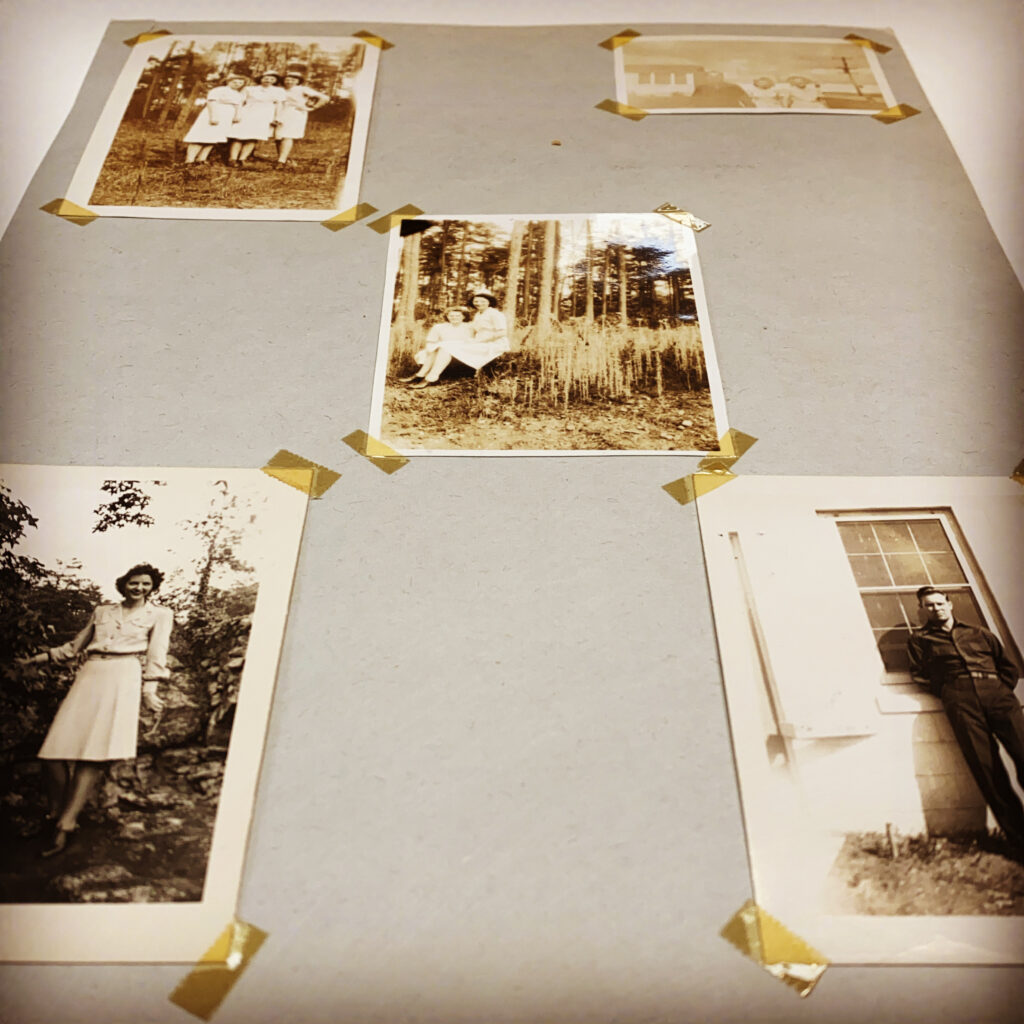
Unfortunately, over time, tape begins to degrade and the adhesive stains and damages that to which it was adhered.
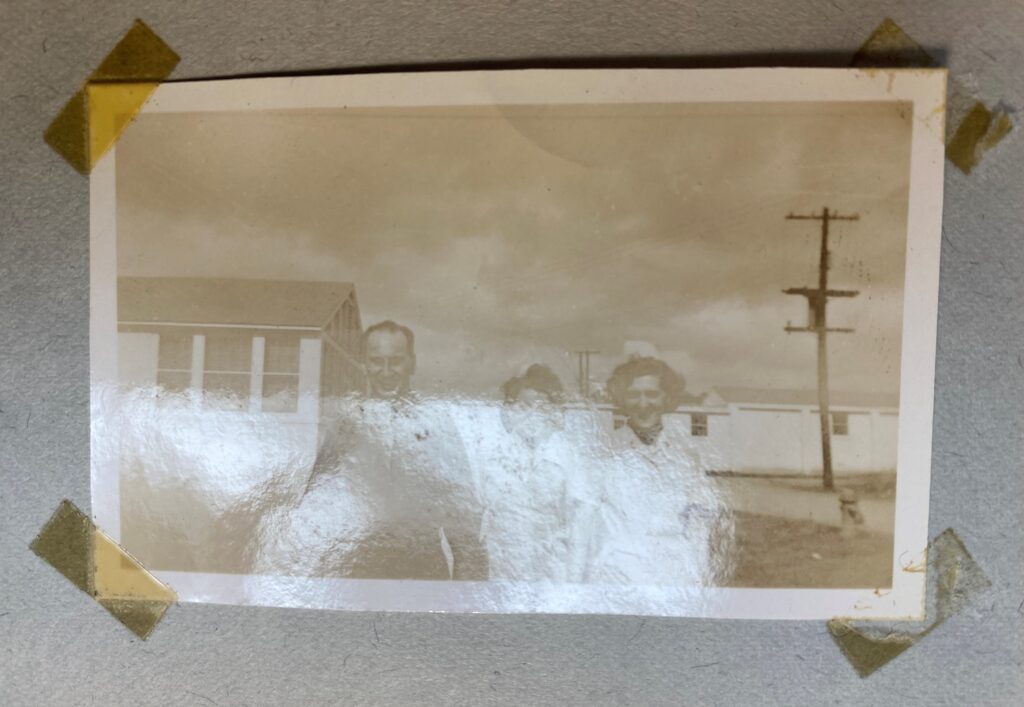
In order to preserve these wonderful photos, the tape was carefully removed, the photos cleaned of any remaining adhesive agent, and the photos were mounted onto archival paper using archival corner mounts. The original layouts of the photos were replicated, and the new pages were returned to the poly sleeves and original binder. Two of the photo albums received, contained photos mounted onto adhesion board with an overlay of mylar. This format of “magnetic-page photo album”, which became popular in the 1970’s and 1980s, is, unfortunately, still available and promoted for use. We know the way we store our photographs matters. The cheap cardboard pages, the adhesive, and the plastic covering all give off acids that over time, deteriorate the photos’ color, leave stains on the backs, and make it hard to remove photos without damaging them. This style of photo album has proven over time to be problematic in that the photos become fused with the adhesion and can be difficult to be removed.
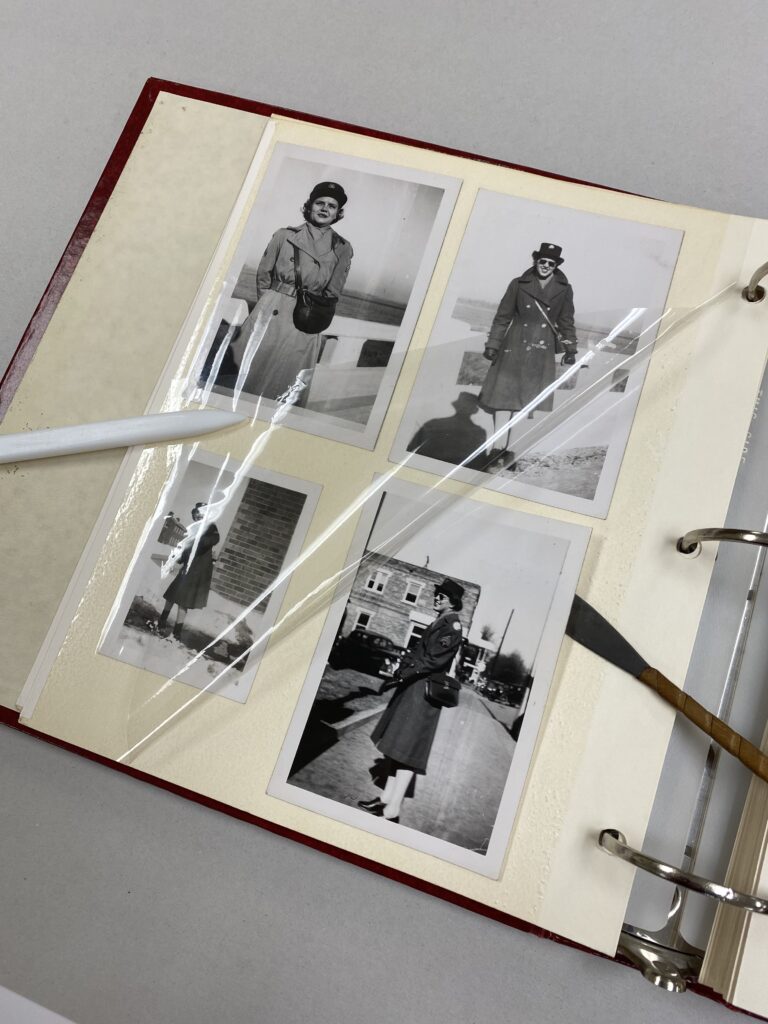
Fortunately, with these two albums, the photos were able to be carefully removed from the backing and mounted onto archival paper with photo corners.
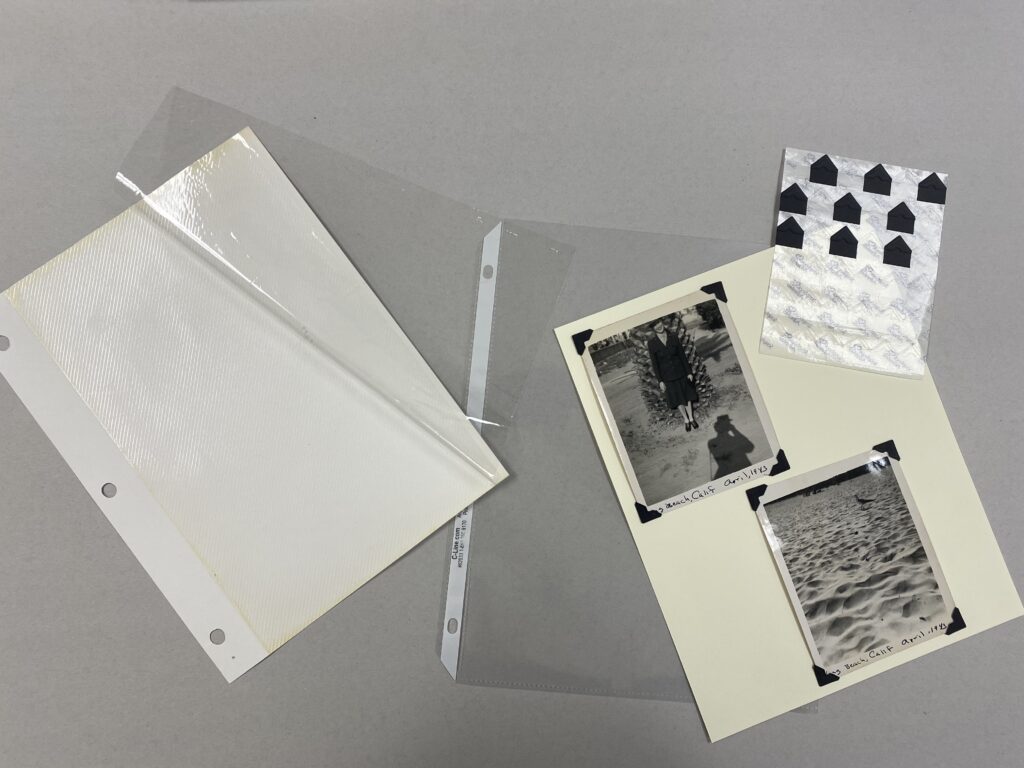
The original layout of the photo narrative was maintained. The newly constructed pages were then placed into poly sleeves and returned to the original binder.
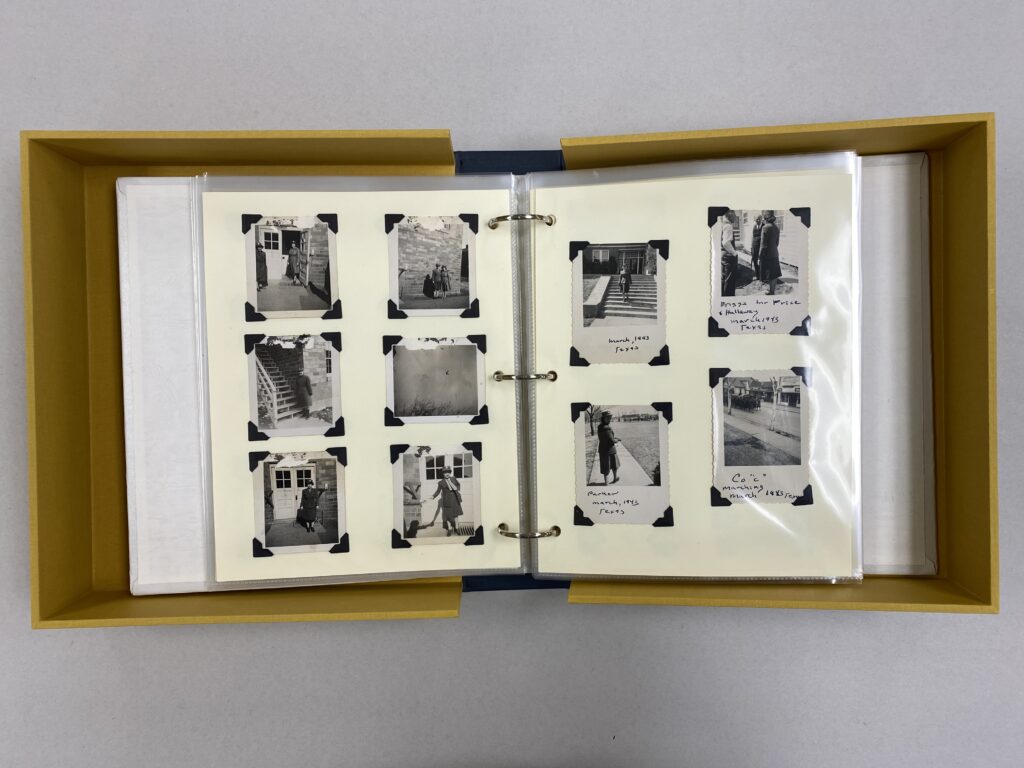
To further protect these historic volumes, custom-built clamshell boxes were constructed to house each photo album.
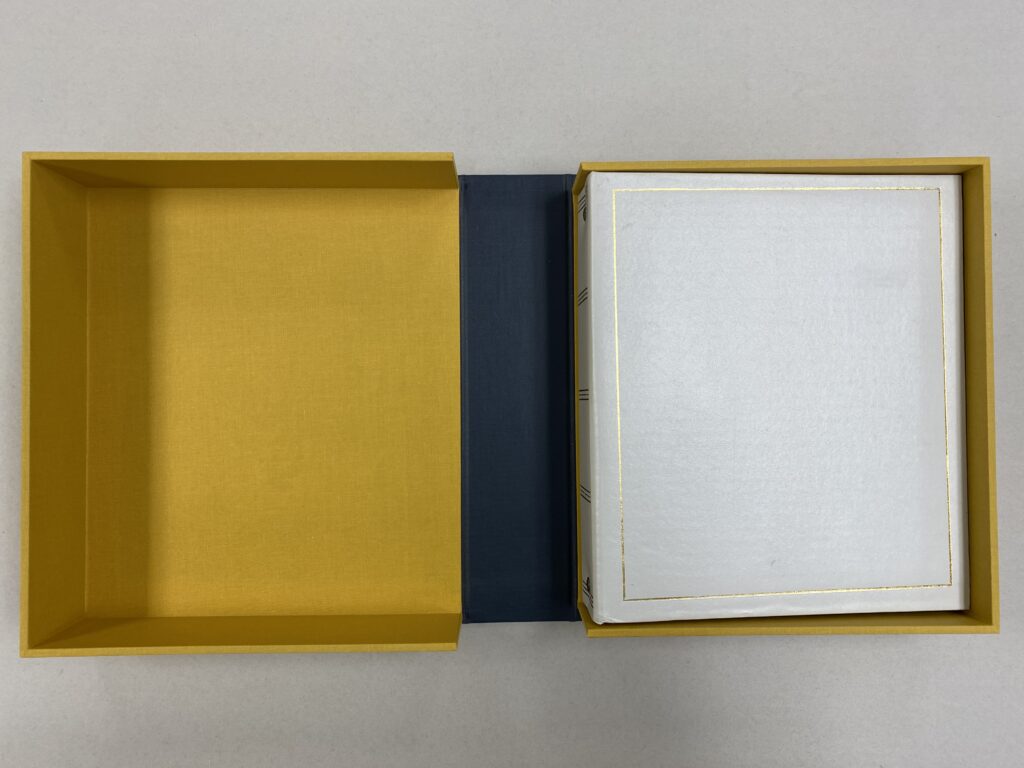
The photographic history documented in these albums is now better preserved and available for research and appreciation of the contributions these individuals made who served in the military and other service organizations.